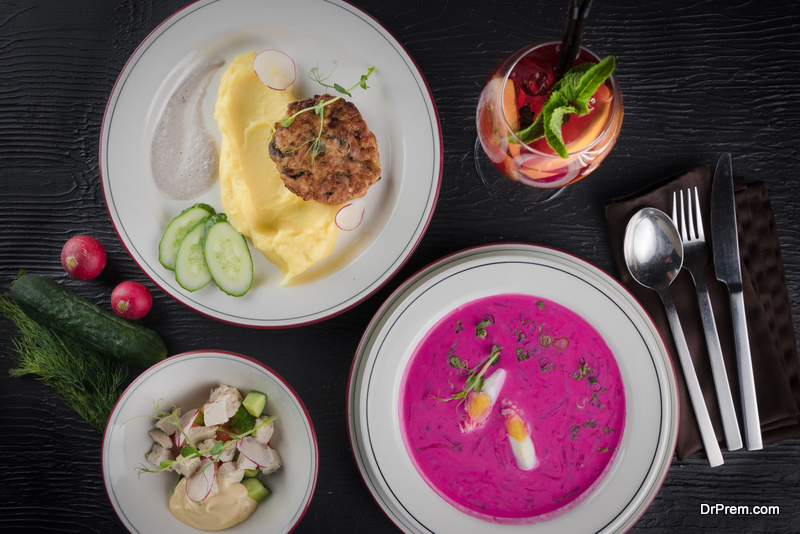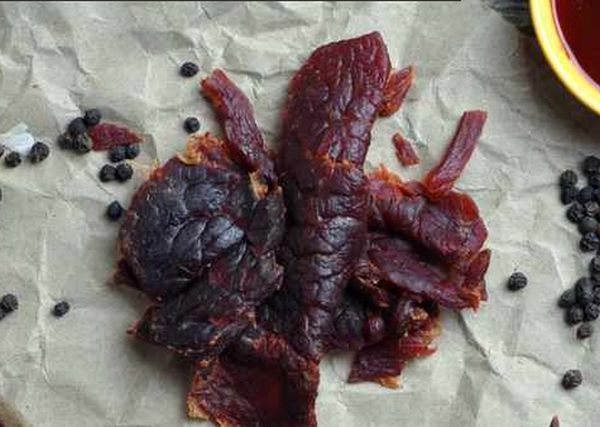Many cultures enjoy multi-course meals with a diverse array of foods and customs. Full-course meals such as a 3-course have a rich, diverse history that has evolved due to changing food trends. The full-course meal may conjure images of lavish dinner parties or long meals at fine restaurants worldwide.
In this article, let’s look at a full-course meal vs. a 3-course meal.
What Exactly Is a Full-Course Meal?
A full-course dinner is a meal that includes several courses. Three or four courses comprise the basic full-course meal. They usually start with a starter, such as an amuse-bouche, followed by the main course(s), and are followed by tea, coffee, and desserts.
Full-course meals are frequently served at someone’s restaurant, a venue, or a home. They are typically consumed in the afternoon or evening on special occasions. Guests can order a full-course meal in both upscale and casual restaurants by ordering multiple dishes to arrive at different times.
While a traditional full-course meal is more complicated than quick service, it is still popular among groups of friends on special occasions. The more ambitious tasting menu includes up to twenty courses spread over an extended period.
What Exactly Is a 3-Course Meal?
A 3 course meal consists of a dessert, the main course, and an appetizer. Most restaurants have a menu that includes these three main courses. For example, the menu will include appetizers, main courses, and desserts if you go to a factory or another similar restaurant. This is due to the menu’s standard three-course format. The majority of people eat their dinners in a three-course form.
Moreover, a three-course meal requires a lot of thought and planning, and each course serves a specific purpose. The appetizer sets the tone for the main course. A three-course dinner usually includes an appetizer that compliments the main course. Dinner is the main course. Finally, there’s dessert. Something sweet is the best way to cap off a delicious meal.
What Are the Different Courses in a Meal?
A full-course meal consists of three courses: an appetizer, a main course, and a dessert. A three-course meal, also known as a standard course meal, is sometimes offered by restaurants as a full menu with these three items.
A full-course meal can be supplemented with additional courses. This will lengthen the courses so that a four-course dinner will include an appetizer, main course, and dessert, as well as a fourth course — hors-d’oeuvres — served before the appetizer. If you order a five-course dinner, you will receive a four-course meal with a salad served after the appetizer and before the main course.
You can change the number of courses to suit your needs. For example, if you’re planning a wedding reception, you’ll most likely want a three- or four-course meal because that’s the norm. The same holds for wedding rehearsal dinners. More courses may be served at a more formal dinner.
You can order up to 12 courses in total, which will be served in the following order:
- Amuse-bouche
- Appetizer
- Fish
- Palate cleanser course
- Cheese plate
- Post-meal drinks and pastries
- Hors-d’oeuvres
- Soup
- Salad
- First main dish
- Second main dish
- Dessert
The three-course dinner is standard on most restaurant menus. It’s a standard that can be found all over the world.
A Three-Course Meal for Being the Best
 The three-course meal is preferable because it has a distinct beginning, middle, and end. Most diners will understand this. The main course is the main course that you will eat, such as steak, fish, or pasta. A tasty appetizer is an excellent way to begin a meal. It’s not too big or too expensive, and it keeps you occupied while you wait for your meal to arrive. Dessert is also a great way to end a meal with something sweet.
The three-course meal is preferable because it has a distinct beginning, middle, and end. Most diners will understand this. The main course is the main course that you will eat, such as steak, fish, or pasta. A tasty appetizer is an excellent way to begin a meal. It’s not too big or too expensive, and it keeps you occupied while you wait for your meal to arrive. Dessert is also a great way to end a meal with something sweet.
The Importance of Course Meal Planning
Why individuals consider course meal planning essential may differ depending on what they value the most. Still, there is no doubt that most people observe meal planning as a good preparation that, if done properly, will have both practical and aspirational benefits.
Why should you put another activity, such as meal planning, on your to-do list if you weren’t expecting positive results? After all, we want to see the benefits of meal planning, especially when we set realistic goals.
Meal planning may appear to be structured, time-consuming, or excessive, but the reality is far from that.
On the other hand, meal planning is important because it assists you with the practical aspects of meal preparation, such as knowing how to prepare food, reducing food waste, saving money, and more.
Conclusion
Finally, you can serve a meal as creative or traditional as creative or traditional as you like. You can choose as few as one course or as many as you have time and energy for. Full-course meals allow restaurants, chefs, and hosts to showcase their talents and tastes while providing a pleasurable and decadent dining experience that visitors will keep in mind.
Article Submitted By Community Writer




